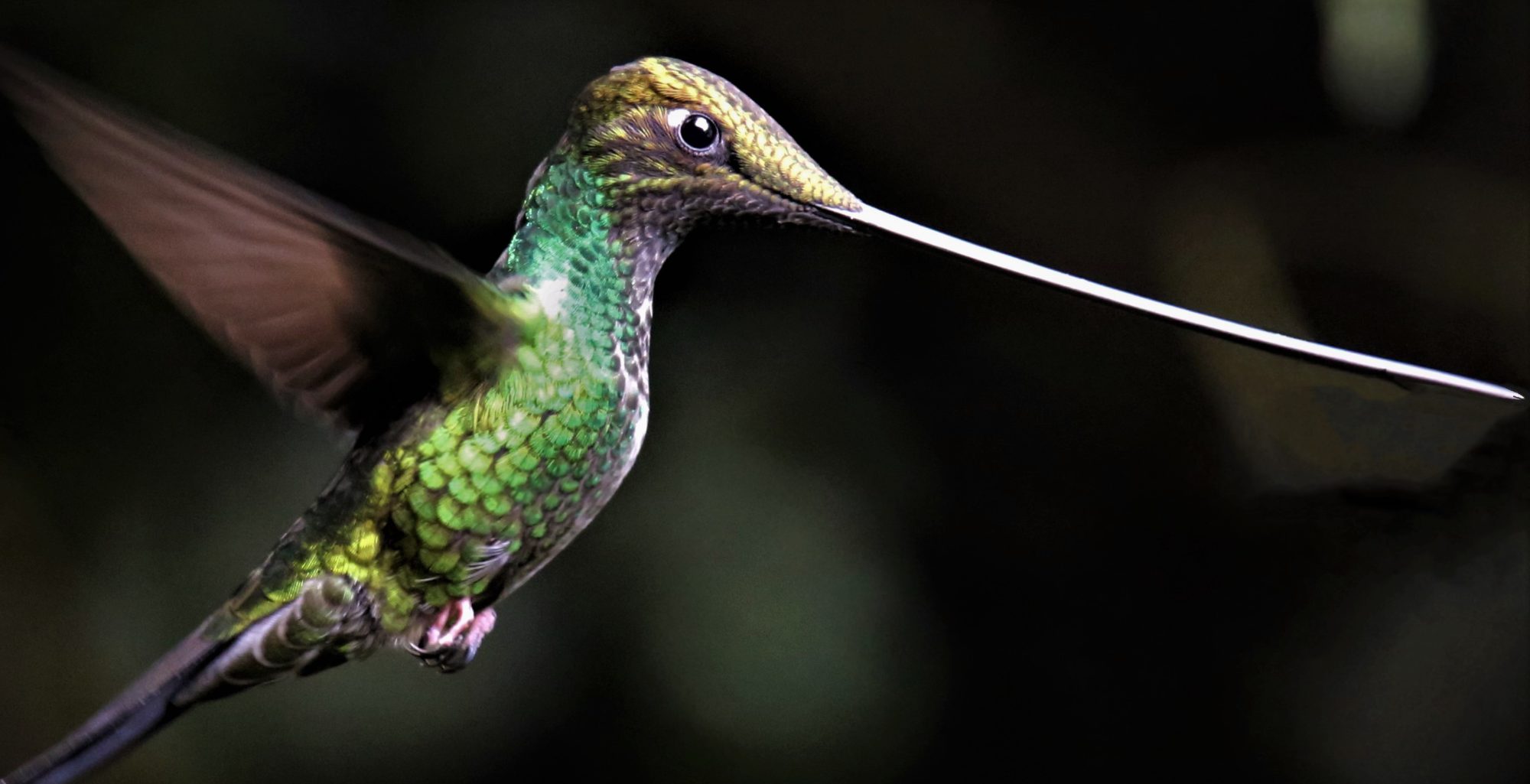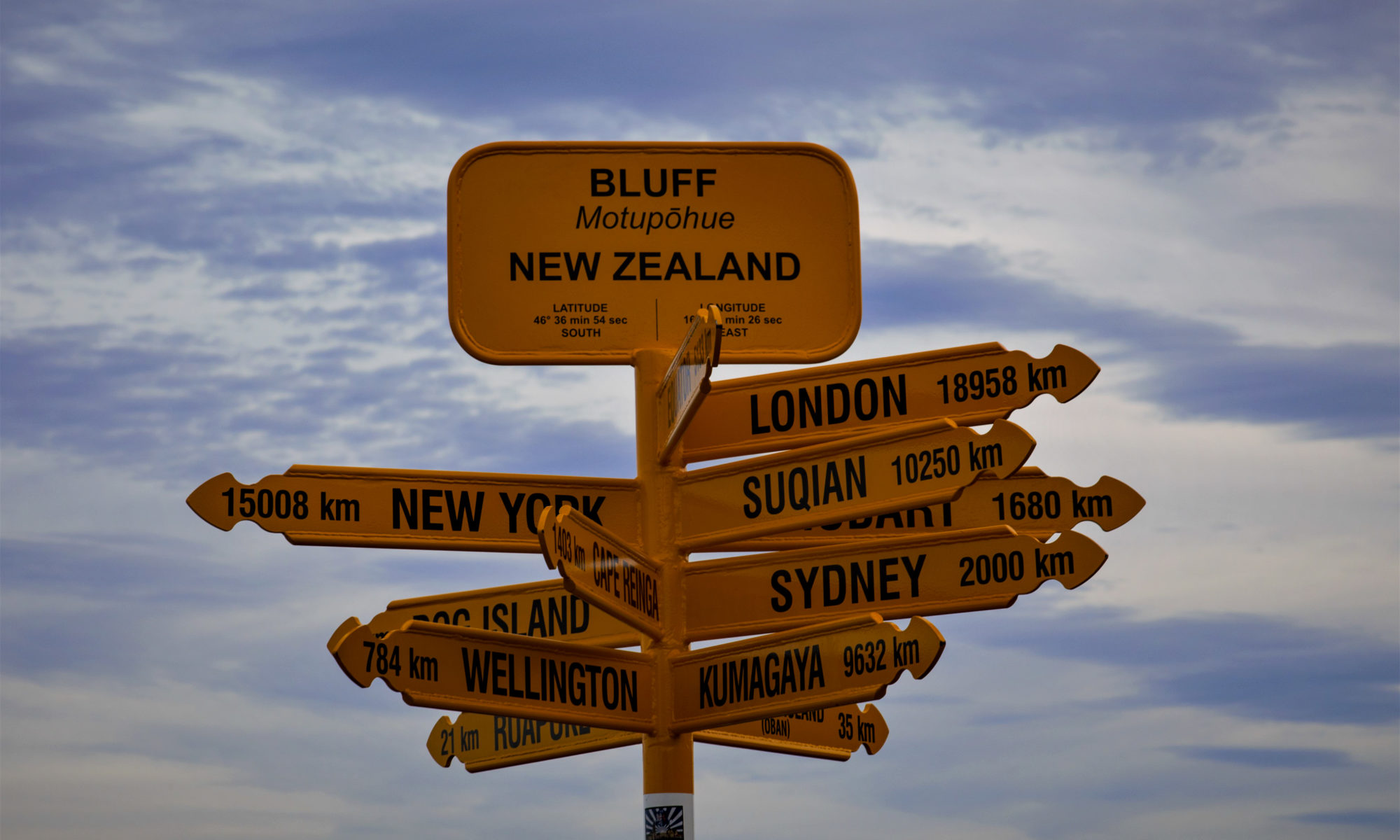After having the luxury of not having to pack and unpack bags for a week in the resort town of Wanaka, we headed to the bottom of the South Island and then followed the coast as much as possible to the city of Christchurch. The mission was to see the scenic coastline and try to find creatures only found in New Zealand. Finding scenery to photograph was easy; finding endemic animals, not so much. New Zealanders proudly call themselves Kiwis after the odd flightless bird that evolved here in a mammal-free habitat. Until people arrived, the only mammals to make it here on their own were bats and marine mammals. People brought domestic animals like pigs, goats, sheep, horses, and cows, and also introduced the Australian brushtail possum (Trichosurus vulpecula), which was released to be used in the fur trade. Anytime man enters the picture it changes the ecosystem. All the endemic animals have struggled in New Zealand since the arrival of man, especially since European settlement. All the animals people brought on purpose, and some that we brought accidentally, have made it hard to find creatures like Kiwis. Programs are in place to try to eliminate or reduce the possum, and the other introduced species like mice, rats, feral cats, rabbits, and weasels. The worst one is said to be the possum; if the number of road-killed possum is any indication of the actual number of live possum, the numbers must be very high.
We stayed in the small town of Bluff. Its location on the bottom of the South Island makes it the launch point for ferries to Stewart Island. The island contains Rakiura National Park, a site said to be one of the best places to see Kiwis in the wild, as well as a few other animals that are struggling elsewhere in New Zealand. When we arrived in Bluff it was starting to get dark, but the weather was clear and the seas relatively calm. The photo above was taken on the southern point next to the restaurant where we had dinner; a large seafood platter for two. We booked a lovely homestay at Bradshaw House in Bluff. Our host said the people who stayed in the room the day before had an exciting and successful day cage-diving to see Great White Sharks near Stewart Island. Unfortunately, by the morning after we arrived, the winds had picked up to the point that it was hard to stand without holding onto something, and the waves were huge. The cold winds were coming across the Southern Ocean from Antartica. No cage-diving for us, even if we wanted to; even going to the island, we decided, was not in the cards that day. We tried, but in this case we failed. So after a quick trip to a viewpoint above the town where I got some usable photos (but it was too windy to get out of the car) we headed up the east coast with the new goal of seeing scenery and penguins. New Zealand has three species of penguins that nest on the South Island. All three are rare today because of competition with invasive species and because people have overfished the waters leaving the penguins without much to eat.
On the way out of town, I was able to confirm that there were herds of elk (another non-native) in pastures with very high fencing. The day before, I had seen them, but I was not expecting it; so I did not believe my tired old eyes in the fading light. In recent years, fields that may have been used for sheep, have been converted to ranching these animals; creatures that are normally hunted for sport or market-hunted. It was explained on one of the many informative placards I read, this has become a trend. It is more profitable in some areas than raising traditional farm animals.
After admiring the majestic, but out-of-place creatures, we headed up the Scenic Catlins Route. All along the way, the winds continued to whip across the ocean, but we did find occasional sunshine; an excuse to stop, stretch, and check out the views. Before the sun set we made it all the way to the city of Dunedin and the tip of the Otago Peninsula. We stopped at the Royal Albatross Centre. Outside the center, I was able to photograph the magnificent birds from a distance while they glided on the updrafts over their nest sites. We visited the information center where we found out they had a trip that left after sunset to try and see the smallest penguin in the world called the Little Blue Penguin. We had no place to stay yet, and so reluctantly we headed further up the coast; finally stopping for the night at the town of Oamaru. Back in the day, it was a thriving port town and it still has some remarkable buildings from the Victorian Era.
The next day, we checked a few other places for penguins and other wildlife as we continued up the coast to the Christchurch area, our final destination on the South Island. Sadly, no penguins found their way to the front of my lens, though I did get plenty of photographs and even one photo of an area where they have nest boxes set up for the little blues with grandstands for the people to watch them come ashore. If you would like to see the photos from this part of our journey, click here.


